Climbing Kilimanjaro is one-thing that appears on many peoples bucket-list and might perhaps be on yours too and is the reason you stumbled on this article.
Mount Kilimanjaro stands at 5895m ASL and is the highest mountain in Africa and the tallest freestanding mountain on earth. Crowned with an everlasting snow-cap, this majestic mountain can is found inside the Kilimanjaro National Park in Tanzania.
The success of being able to go climbing Kilimanjaro is directly dependent on how much preparation time you put to it. If you persevere and read this article to the very end, I guarantee you will be very prepared to conquer Africa’s tallest mountain.
Why do people “break-their-backs” climbing Kilimanjaro?
Kilimanjaro one of the world’s greatest natural wonders: a snow-covered mountain on the equator, an ocean of green forest surrounded by dry savannah. Climbing Kilimanjaro is like walking from the equator to the North Pole in a week, providing dramatic changes in vegetation and animal life day by day. Kilimanjaro is also a sky island. Its high altitudes have created habitat for strange and unique life forms found only on a few other peaks on the planet, such as the delicate elephant flower and the bizarre Kilimanjaro tree. Isn’t this just about a good reason for you too to venture into climbing this natural wonder!?
Secondly, many people climb Kilimanjaro to draw attention to a worthy cause or charity; to raise money to cure cancer or bring attention to a condition such as autism. Quite a number of differently-abled (previously known as disabled) persons have climbed and successfully summited Kilimanjaro to demonstrate that with courage perseverance, a disability need not be a limitation.
More about 10 reasons people climb Kilimanjaro.
Best time to climb Kilimanjaro.
Mount Kilimanjaro’s proximity to the equator does affect the weather patterns. Kilimanjaro instead of winter or summer experiences dry and wet conditions. The best time to climb Kilimanjaro is the warmest and driest months of December to March and July to October. These times are characterised by clear skies in the mornings and evenings. During the day, clouds may appear along with brief/light showers. We do not recommend climbing Kilimanjaro after mid-march, April, May to early June, and November as weather conditions on the mountain can be very wet, cold and visibility may be low due to heavy clouds. From mid-June to the end of October, the mountain tends to be colder, but also drier.
**While we endeavour to maintain high levels of accuracy in regards to the information we provide, kindly note that these can change; rains are unpredictable and may come early or extend beyond their typical time frames. It is possible to experience mostly dry weather conditions during the rainy season, just as it is possible to have heavy rain during the dry season.
The best route to Climb Kilimanjaro.
Deciding on which route to take is a tough choice for most. However, to find the best Kilimanjaro route for you, a number of considerations should be taken account; scenery, difficulty, foot traffic and the altitude.
More about the Best route to climb Kilimanjaro.
What to pack on your Kilimanjaro trip
During a day on Kilimanjaro, the temperatures can easily range from the high 20’s (centigrade) right down at night to -15c. To cope with this huge range in temperature your clothing and kit strategy needs to be based around combining lots of thin layers that you build up and take off as the weather demands.
A full printable kit list can be downloaded below.
Please note that Tanzania is implementing a ban on the use of single-use plastic bags on 1st June 2019. Please ensure that none of the items in your luggage is packed in plastic bags – if you are looking to separate items in your bag, please consider bringing re-usable ‘packing cubes’. Please also be aware that disposable plastic bottles are not permitted on Kilimanjaro.
Kilimanjaro National Park operates an absolutely strict limit of 15kg per porter for your main equipment bag, which includes your sleeping bag. This is more than sufficient for your needs on the mountain. Your bag will be weighed before you leave the hotel to start the climb and if it is overweight you will have to take items out and leave them at the hotel.
More about Kilimanjaro packing list

